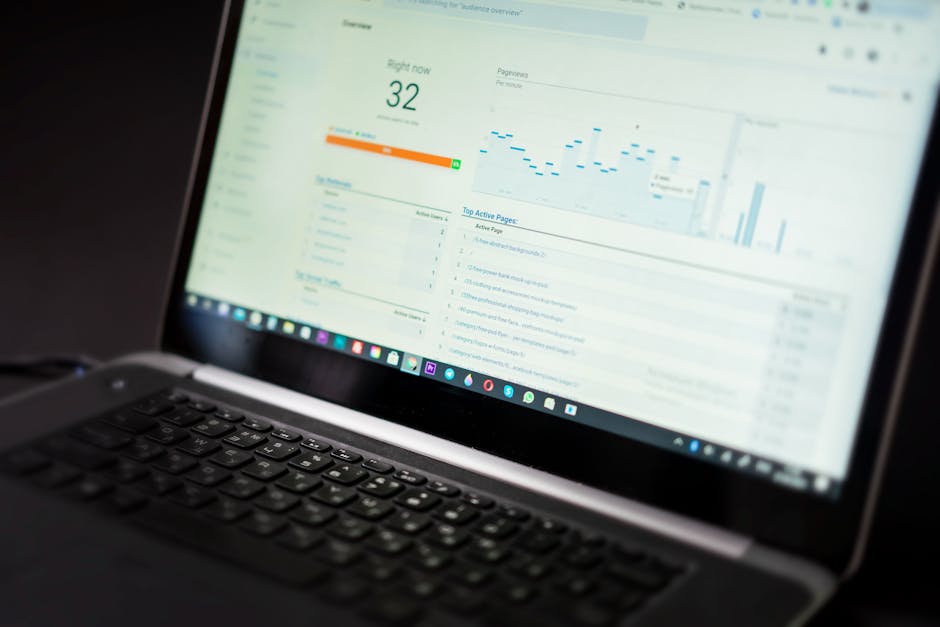1Setting the Stage
In an era when every decision hinges on the precision of data, the landscape of supply chain operations has undergone rapid transformation. Industry leaders such as Amazon and Walmart, renowned for their relentless pursuit of operational excellence, have redefined how forecasts drive pivotal business decisions. Historical events – for instance, the dramatic shifts in demand during the 2008 financial crisis – continue to underscore experts’ emphasis on bulletproof data integrity in forecasting, making precision not just a buzzword but a strategic necessity for sustainable growth and competitive advantage.
2The Backbone of Accuracy: Data Integrity
Timely and accurate data forms the bedrock of effective forecasting. Advanced methodologies from thought leaders and platforms like Profit.co and Farseer illustrate the intricate balance between robust internal metrics and external validation. Even minor deviations in data collection can snowball into significant inventory misalignments, leading to issues such as surpluses or missed opportunities.
Real-time monitoring systems ensure that there is little room for error, while sensitivity analysis actively tests forecast models against shifts in key performance indicators (KPIs). This process uncovers weak points in data processes and fosters continuous improvement.
3Innovating with Real-Time Analytics and Machine Learning
The next frontier in KPI projection arises from cutting-edge techniques that combine real-time analytics with machine learning. Pioneering companies such as UPS and FedEx have harnessed models like ARIMA and LSTM to dynamically adjust forecasts. This shift – from relying on lagging historical data to embracing proactive decision-making – marks a transformative era in predictive analytics.

These advancements empower decision-makers to reallocate resources promptly and fine-tune supply chain resilience.
4Integrating Customer Feedback into the Forecast Equation
Numbers alone only tell part of the story. In today’s complex supply networks, incorporating direct customer feedback into forecasting models provides a more complete picture. By integrating qualitative insights with quantitative KPI dashboards, companies are able to fine-tune their resource allocation strategies.
Cross-functional data validation that combines customer sentiment with robust internal data not only enhances forecast accuracy but also elevates customer satisfaction levels. This approach bridges the gap between raw numbers and human experience, ensuring that strategies remain both data-driven and customer-centric.
5Tangible Outcomes: Efficiency, Cost-Reduction, and Strategic Vision
The synergy of uncompromised data integrity, innovative analytics, and meaningful customer feedback transforms forecasts into catalysts for superior business outcomes. Real-world examples from companies like Flexport and Maersk demonstrate measurable improvements in operational efficiency, cost reduction, and strategic resource allocation.
This decisive approach utilizes detailed methodologies that translate into tangible results, ensuring that every decision is guided by unrivaled data precision. It exemplifies how practical application of advanced forecasting can empower organizations to stay agile and competitive.
- Demand Shaping
- A strategic approach to influencing consumer demand to better match supply capabilities.
- Bullwhip Effect
- The amplification of demand variability in the supply chain, often leading to inefficiencies.
- Forecast Value Add (FVA)
- The measurable impact that improvements in forecasting accuracy have on overall business performance.